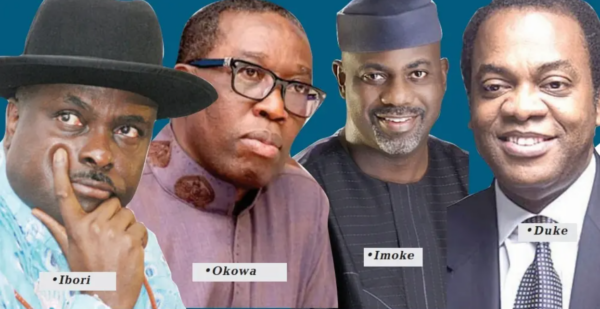The federal government is attempting to rein in the National Disability Insurance Scheme’s exploding costs, a task made more difficult by the concerns of those who rely on the program.
Disability advocates reacted angrily to the national cabinet’s decision last week to strive to reduce the cost increase from the current 14% annually to 8% by 2026. This fiscal year, the NDIS will cost more than $35 billion, with the federal government covering two-thirds of the cost.

The government has identified areas for improvement and is also conducting a review.
In this podcast, former Paralympian and chair of the National Disability Insurance Authority, which administers the program, Kurt Fearnley discusses the program’s issues and its future.
Fearnley asserts that the NDIS “is working really well” in general, despite acknowledging that certain components require substantial revisions to be financially sustainable.
“There are portions of the program that require fairly fundamental reform,” but that reform must “go hand in hand” with the participants.
Over four years, the government has allocated over $720 million to the NDIA: Fearnley explains, “It will allow us to build an agency that is better positioned to answer and respond to the participant in a timely manner, as well as to ensure that we remain focused on the outcomes for which we all fought.”
“This scheme has been effective for numerous communities. Unfortunately, there have also been challenges in ensuring that we engage with Indigenous Australians in a manner that allows them to thrive under this program.

It all depends on whether or not we can establish a system in which the voices of participants are heard at every step.
Reform requires simplifying. Fearnley describes a recent incident.
One mother was in tears as she described her interactions with the agency and the service provider. We encourage an evidence-based approach to the child’s experience within the program. This parent then describes how they believed their child was treated as an ATM by a third-party service.
“Choice and control are attractive to some but difficult for others. We have constructed this remarkable system […] It exists to serve 590,000 individuals, each with their own unique disability experience, and the element of choice and control could be overwhelming for a new participant.
“It’s a revolutionary, mind-blowing, and empowering concept for a person with a disability who, in many cases, has never been asked what they want out of life.
However, disability is “one of the most complex life experiences. I’ve been able to discover my path as a person with a disability over an extended period of time. And this is where I believe the element of choice and control to be remarkable. However, I believe there are challenges in other areas.”



